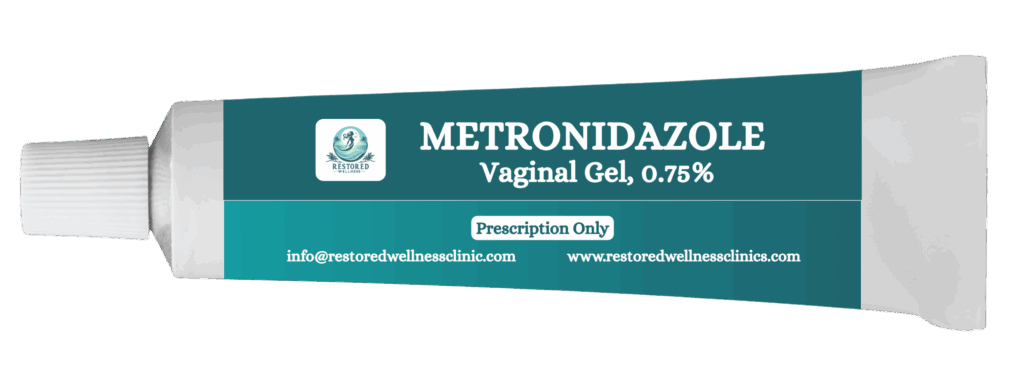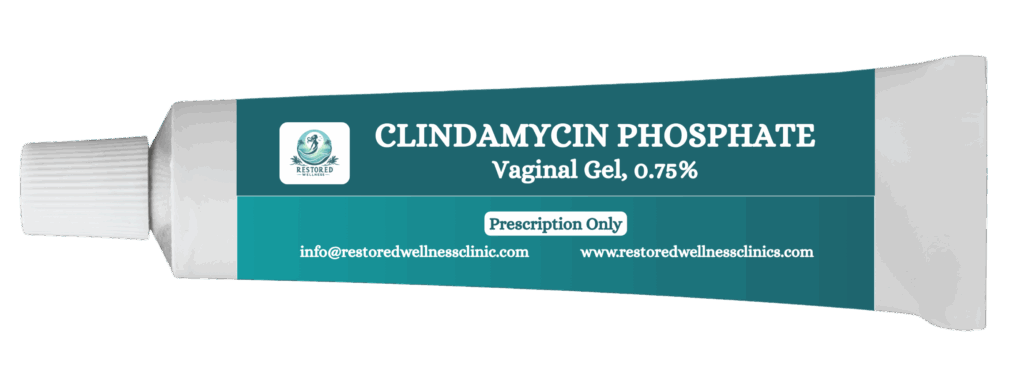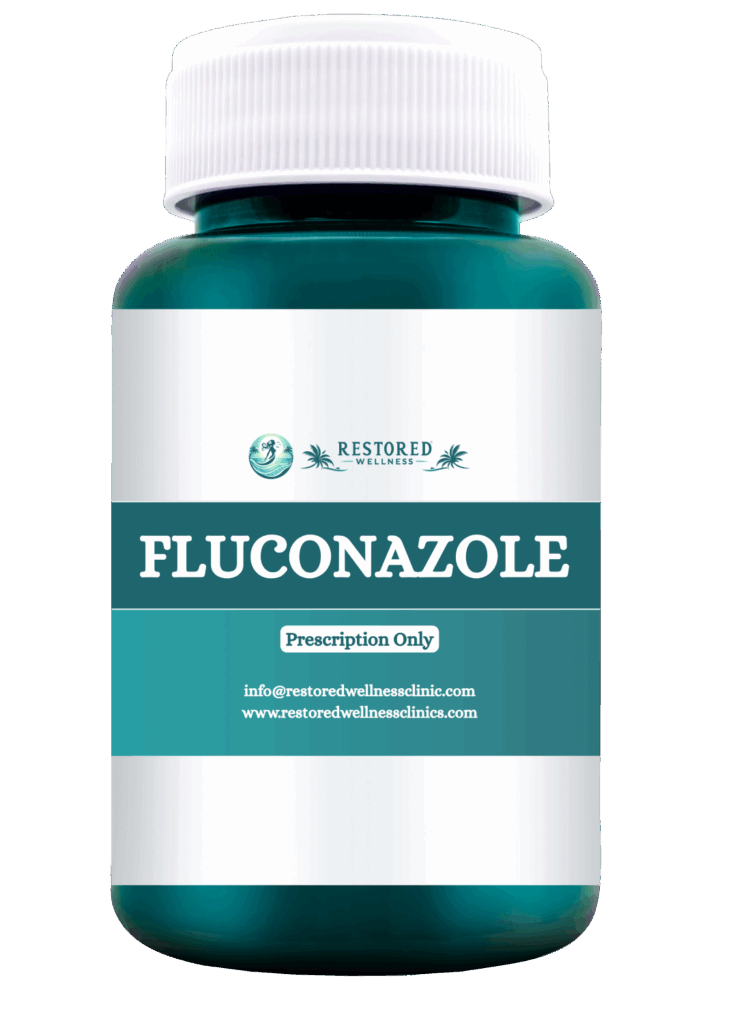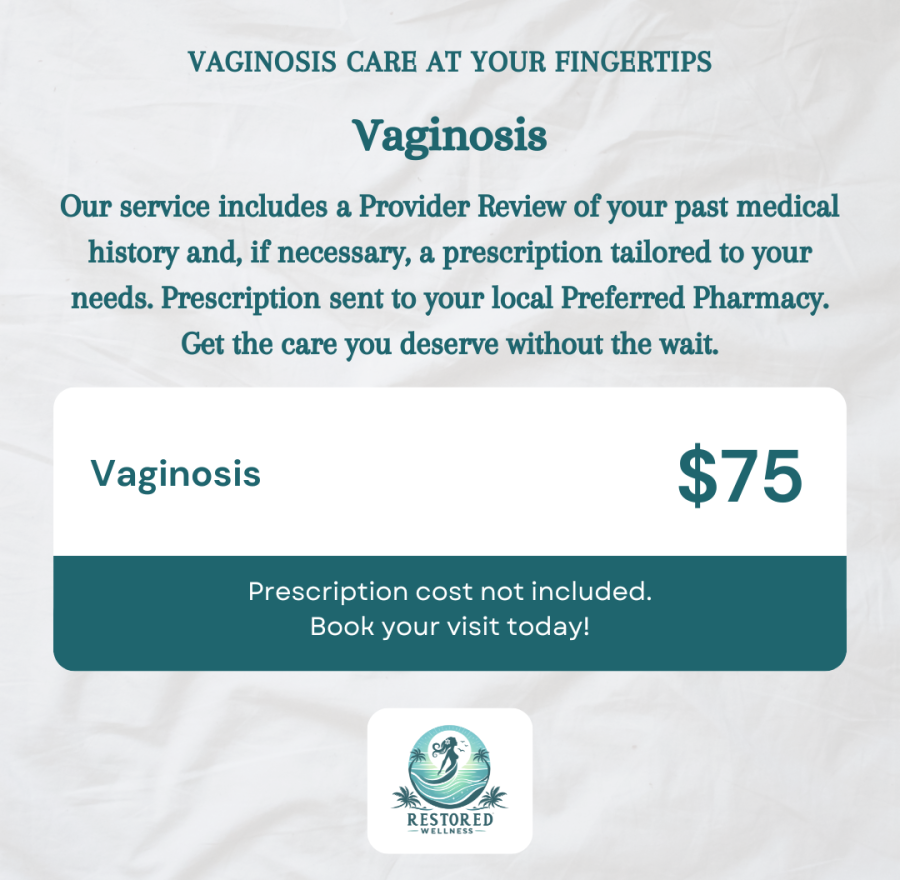VAGINOSIS
HOME – SERVICES

Vaginosis Treatment
Vaginosis refers to infections or imbalances in the vaginal flora, most commonly caused by either bacteria or fungus:
Bacterial Vaginosis (BV) occurs when harmful bacteria overgrow and disrupt the natural balance. It often causes thin, gray-white discharge with a strong fishy odor, though some women may have no symptoms.
Fungal Vaginosis, often caused by Candida (yeast infection), typically results in thick, white, cottage cheese-like discharge, along with itching, redness, and irritation.
While not always sexually transmitted, changes in hygiene, hormonal levels, or sexual activity can contribute to both types. Treatment includes antibiotics for BV and antifungal medications (oral or vaginal) for yeast infections.

Vaginosis Treatment
in 3 Easy Steps

Intake Form
Complete a quick online Intake Form

Provider Review
$75 Consultation
No Face to Face/Video visit required!
Self-pay means no insurance headaches!
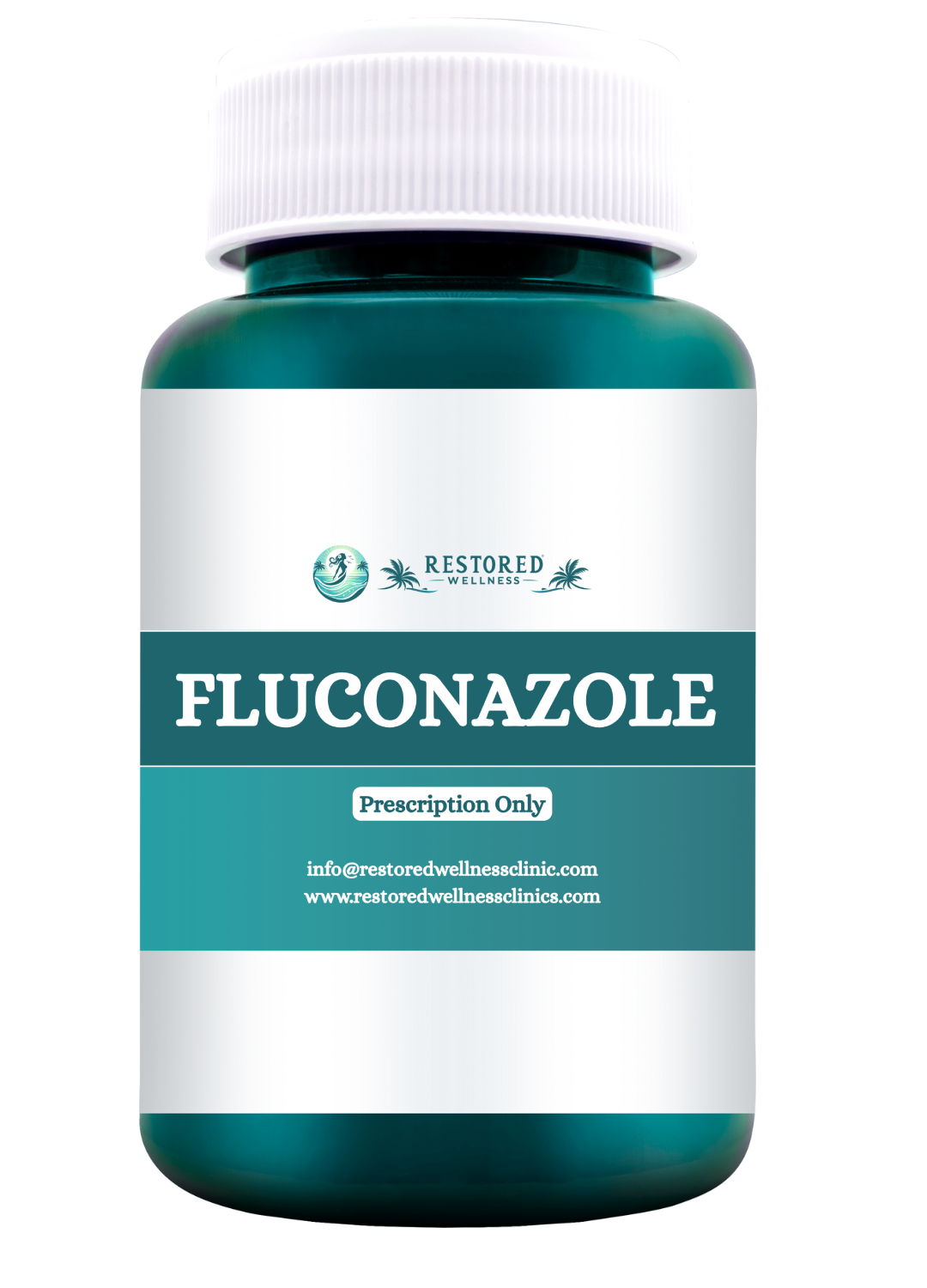
Medication
Provider will prescribe your preferred medication if medically appropriate
*Prescription treatment requires an online consultation with a medical provider to determine if a prescription is appropriate. Actual product packaging may appear differently than shown

Frequently Asked Questions
Please reach us at [email protected] if you cannot find an answer to your question.
Vaginosis refers to infections in the vagina caused by an imbalance of normal bacteria or by yeast (fungus).
Bacterial Vaginosis (BV): Too much “bad” bacteria, not enough “good” bacteria.
Fungal Vaginosis (Yeast Infection): Caused by overgrowth of Candida yeast.
BV: Thin, gray/white discharge, strong fishy odor, mild irritation.
Yeast: Thick white “cottage cheese” discharge, itching, redness, burning.
Bacterial Vaginosis:
Prescription antibiotics (e.g., metronidazole pills/gel, clindamycin cream).
Yeast Infection (Fungal Vaginosis):
Antifungal medications (e.g., fluconazole pill, or creams/suppositories like miconazole or clotrimazole).
BV: Usually 5–7 days with pills or vaginal creams/gels.
Yeast: Can be 1–7 days, depending on whether oral or topical medicine is used.
It’s best to avoid sex until treatment is complete and symptoms are gone. Treatment may weaken condoms or diaphragms if using creams.
Yes, both BV and yeast infections can return. Some women may need repeated or longer treatment if infections are frequent.
BV: Usually partners do not need treatment.
Yeast: Partners typically don’t need treatment unless they also have symptoms.
Avoid douching, scented soaps, or vaginal sprays.
Avoid alcohol if taking metronidazole (can cause severe nausea/vomiting).
Avoid tight clothing and stay in breathable cotton underwear to reduce irritation.
BV can increase risk of pelvic infections, pregnancy complications, and STIs.
Yeast infections may get worse and cause severe discomfort if untreated.
If symptoms don’t improve after treatment.
If symptoms return within a short time.
If you have fever, pelvic pain, or unusual bleeding, which may suggest a more serious condition.

